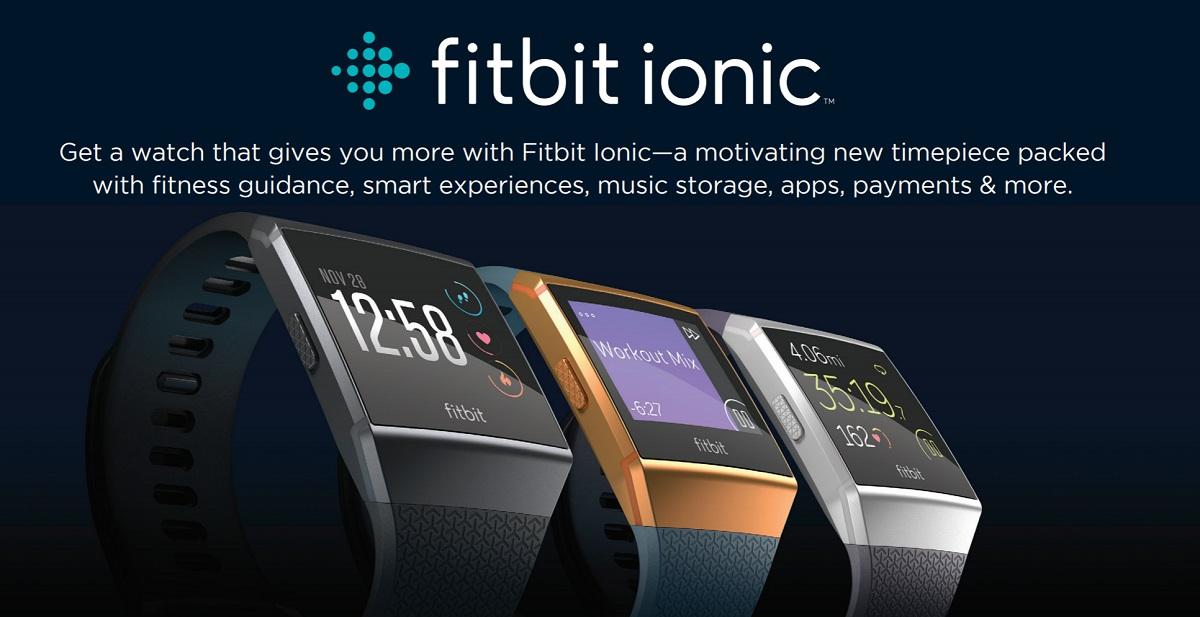With the advancement of IoT-related technologies, services and platform standards, it continues to drive the development of various emerging products and services, and derives the opportunity to drive industry transformation and business model innovation. The early closure of technical standards and related application components such as volume and energy consumption failed to break through and could not be commercialized. Therefore, the related applications of the Internet of Things are mainly led by governments and the Internet of Things is incorporated through policy tools. In the infrastructure construction, and many applications in the field of environmental sensing, driving the development of the first wave of Internet of Things. Perkins 401-999KW Diesel Generator Perkins 401-999KW Diesel Generator,Perkins Shanghai genset,Perkins Shanghai Power Generator,Perkins Power Generator Set Shanghai Kosta Electric Co., Ltd. , https://www.generatorkosta.com
Later, with the rise of smart handheld terminals, another wave of IoT related applications have become popular, such as smart wearable devices and smart home applications, which have gradually been valued and commercialized and penetrated into the people's lives, but because of the Internet of Things at the enterprise application level. Not yet popular, and most of the application services are still in the development stage. Therefore, IoT products for consumer applications are currently in a dilemma where hardware specifications are becoming more mature, but application services are still lacking. The key point is that the pace of development of the Internet of Things in commercial applications is still relatively slow.
Looking into the future, the ratio of the infrastructure deployed by the government through policy tools to the overall IoT application market will gradually decline. In the short term, because of the low entry threshold of consumer applications, it attracts most players to compete and can quickly gather the market. The heat, but because the relevant application service surface is still immature, it is easy to come fast and go fast. The most important business opportunities for the development of the Internet of Things in the future will continue to be enterprise applications, including smart cities, smart manufacturing, intelligent transportation, smart medical and other commercial applications.
According to the information, the thinking of enterprise application (B2B) should have two different meanings. One is the Internet of Things, such as smart manufacturing, which is provided to enterprises for commercial use, as literally explained. Another smart development model is the Internet of Things application through enterprise-derived business opportunities, that is, the integration of B2B and B2C.
In the short-term, the development model of B2B2C will have more derivative benefits than pure B2B, and it is more worthy of the intention to invest in the Internet of Things. For example, the case of Fitbit is worth considering:
Fitbit is the world's leading brand of smart bracelets. Its products include pedometers, bracelets, weight scales, etc. The Fitbit product features re-positioning the value of the pedometer. After collecting data through Fitbit's wearable devices, users You can use the Fitbit app to analyze data from both personal historical data and mass data, providing users with health management, target tracking, community sharing, and group value comparison. 
Fitbit's worthwhile attention lies in the source of its customers. Fitbit's customers sell their products to the general consumers in addition to the general wearables companies. Another source of Fitbit's customers is employers.
In the United States, many companies plan corporate fitness programs to improve the health of employees and improve work efficiency. On the other hand, they can negotiate with insurance companies to obtain insurance premiums. For insurance companies, they can also reduce the huge medical care for their customers. The risk of cost, Fitbit pays through the expenses of the employer of the enterprise, and provides its products and services to the employees of the enterprise, and derives a special B2B2C application model, which has won a win-win situation: Fitbit receives revenue, and the company obtains lower insurance costs. And healthy employees, while employees receive free Fitbit products and services.
Fitbit has upgraded its product positioning from monitoring equipment to health management services, and targeted customers to ethnic groups interested in health management issues, so its sales target not only ends with the average consumer, but also includes corporate employers and insurance companies. The scope of sales to increase the company's monetization source can also differentiate its products from traditional pedometers in the past.
IoT applications such as smart watches/wristles and a wide range of application services are in the field of consumer applications, but most of them are operating the B2C market. When the product is launched, it is easy to be topical. Attracting consumers to buy, once the consumer's early adopter mentality disappears, it is difficult to maintain sustainable business. How to find a sustainable development operation mode through the adjustment of the new-type business model will be related to the application of the Internet of Things. The current B2G/B2C is going to shift to the B2B process, the most important business thinking shift.
The wool is on the dog, and the pig is paying the bill, which is probably the meaning! 